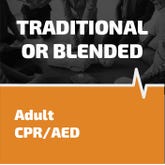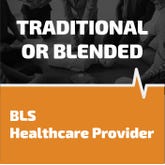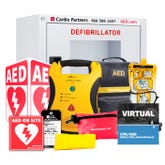CPR — A Real Life Saver!
- Sep 3, 2018

By performing chest compressions and providing rescue breaths, CPR helps to preserve brain function when a person is unconscious and not breathing.
Cardiopulmonary resuscitation (CPR) is the 2nd link in the Cardiac Chain of Survival.
CPR could be necessary for situations such as:
– Sudden cardiac arrest (SCA)
– Drowning
– Unconscious Choking
– Drug Overdose
– Heart-related medical conditions
For a person suffering from sudden cardiac arrest, CPR is necessary to buy time and an AED should be used to restore a normal heart rhythm. Performing immediate CPR can double or even triple a victim’s chances of survival. By providing quality chest compressions, a rescuer does the work of the heart and lungs, circulating the oxygen-rich blood to the brain, keeping vital organs alive.
Anyone can perform CPR, however with training, potential rescuers are better prepared, more confident, and more efficient at providing high-quality CPR.
CPR Highlights:
– Untrained rescuers (or trained rescuers without a breathing barrier) can perform “Hands-Only CPR”
– Press down hard in the center of the chest (at least 2 inches on adults)
– Press fast, 100-120 times per minute (like to the beat of “Stayin’ Alive”)
– Continuous cycles of 30 compressions and 2 breaths until the person starts breathing, EMS arrive or you are unable to continue.
Always be prepared for a rescue with a CPR Pocket Mask – Only $4.95 each!









 CALL US:
CALL US: